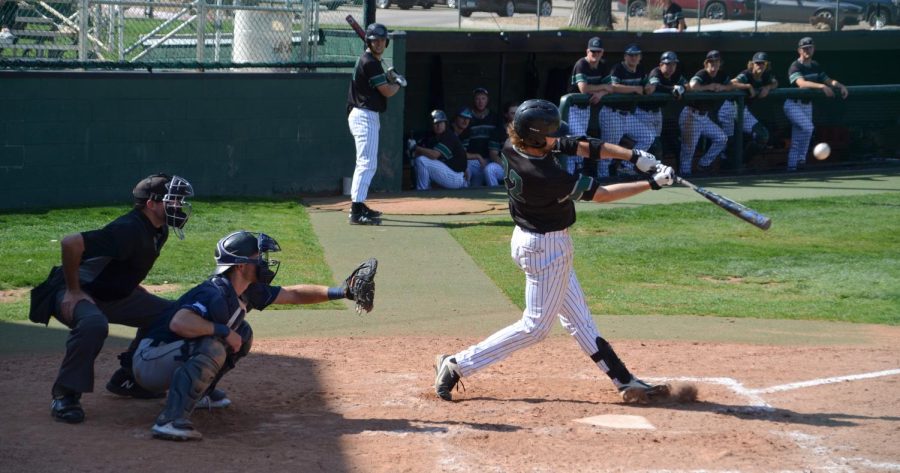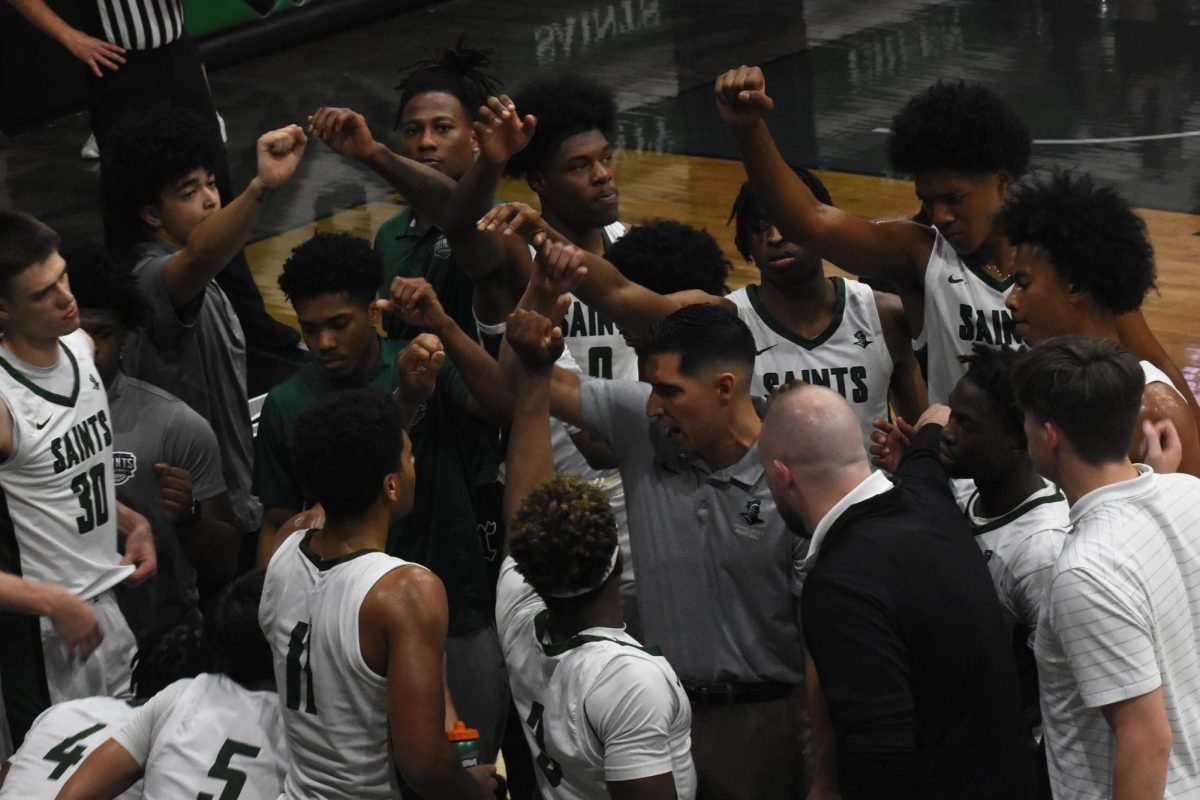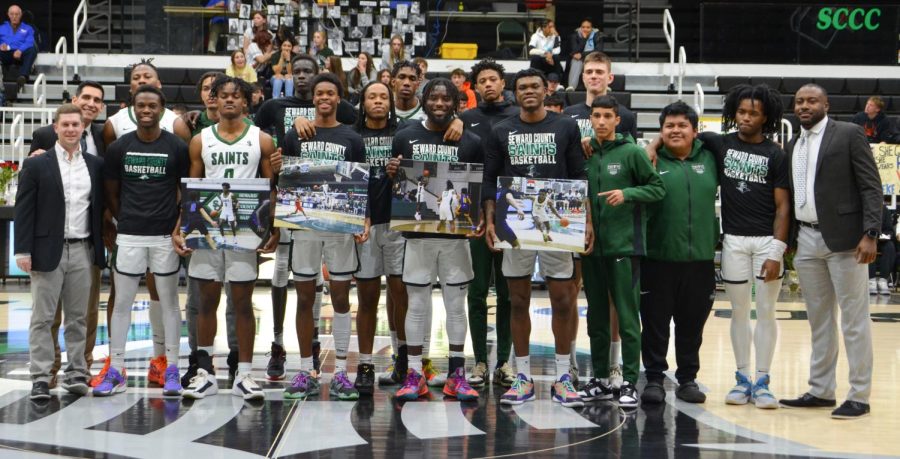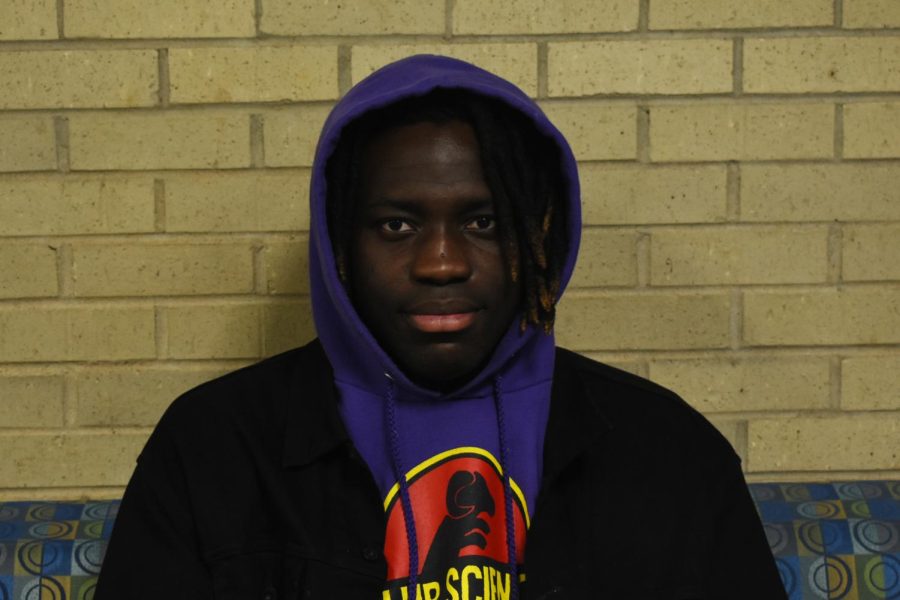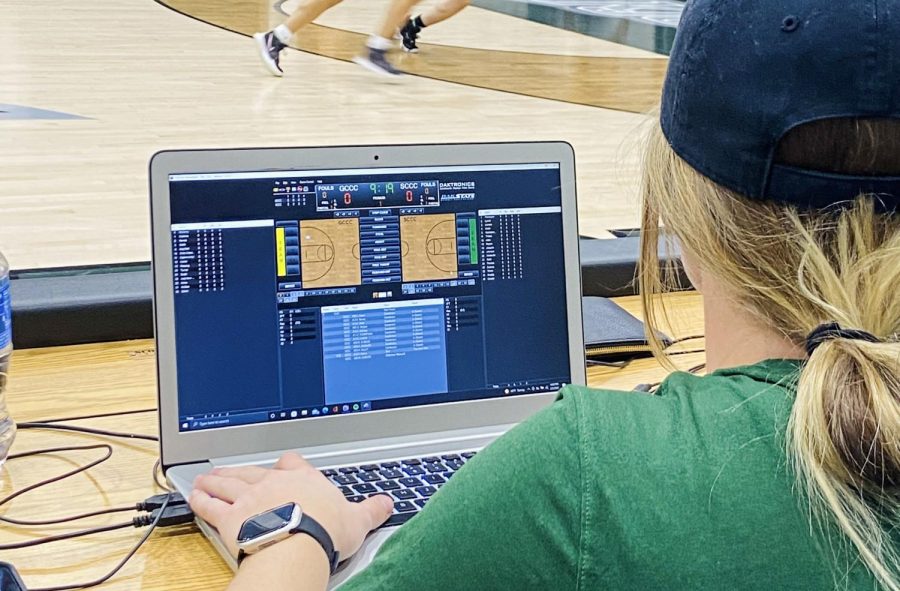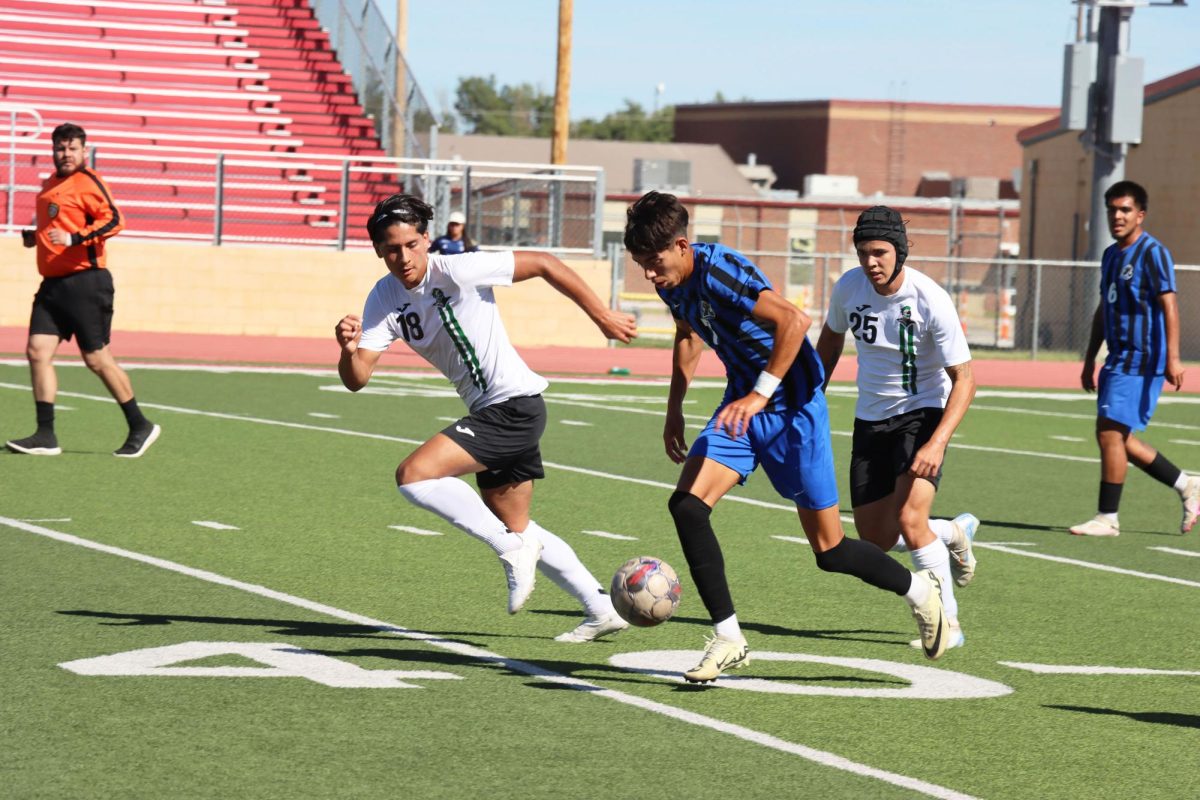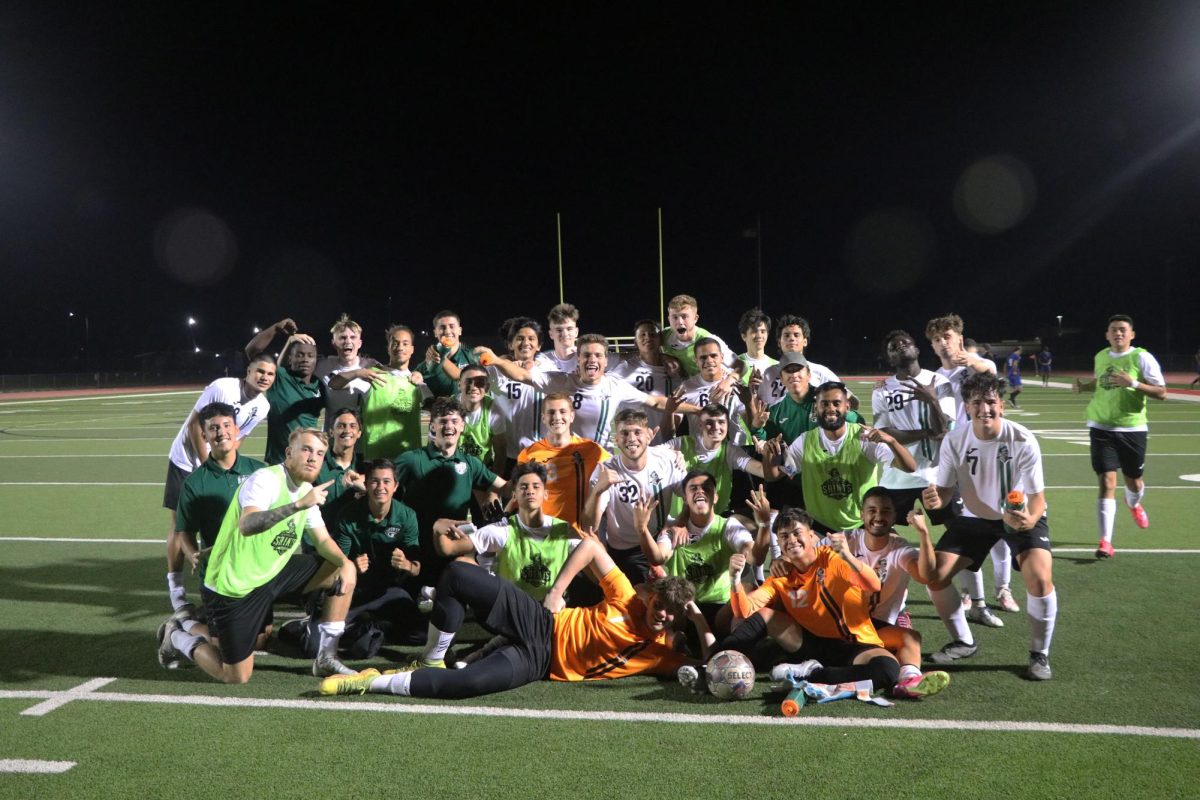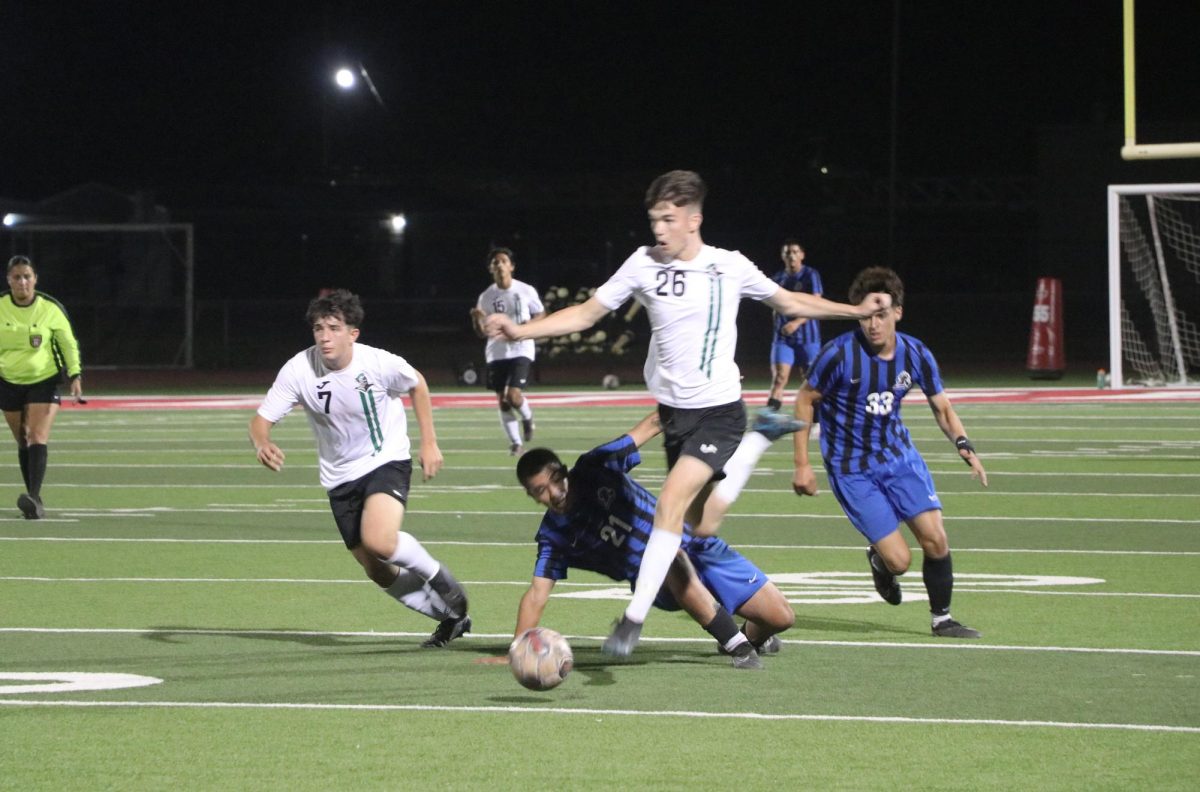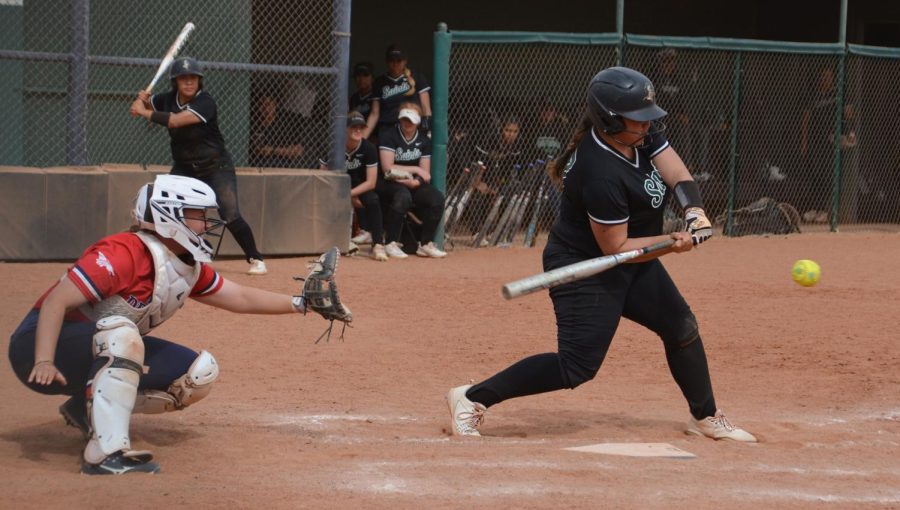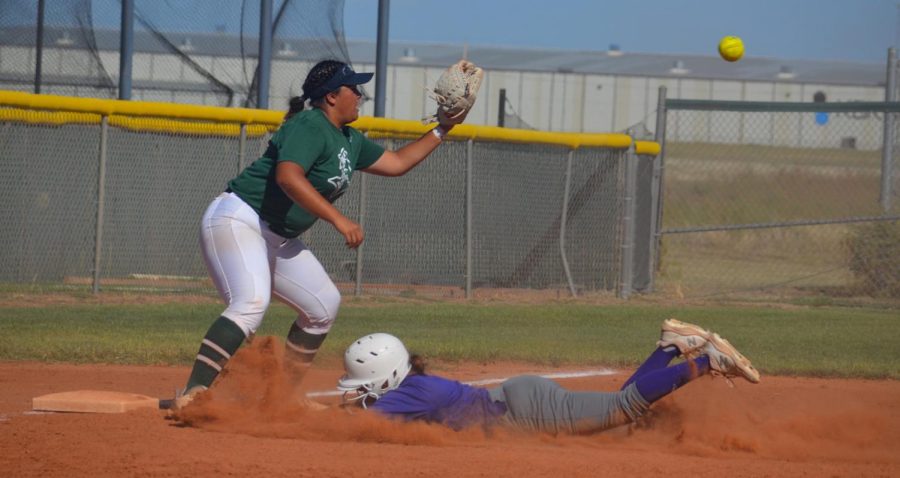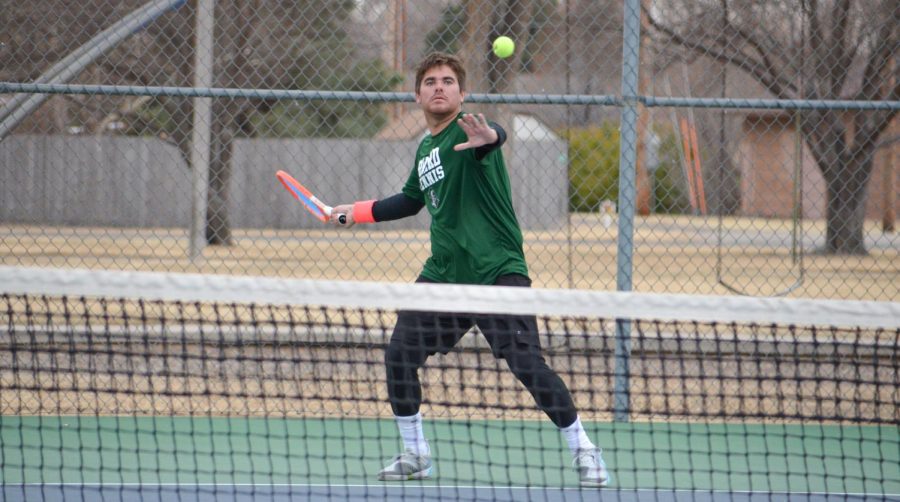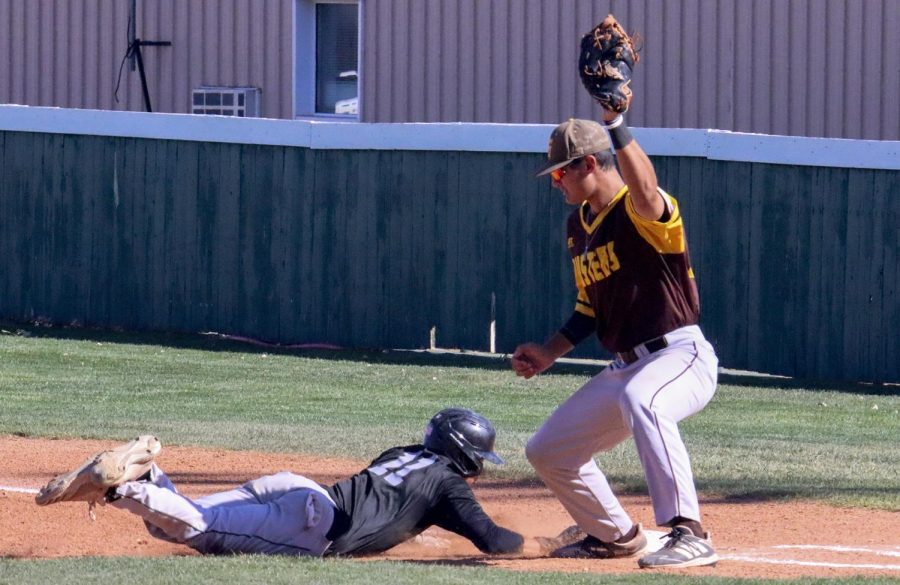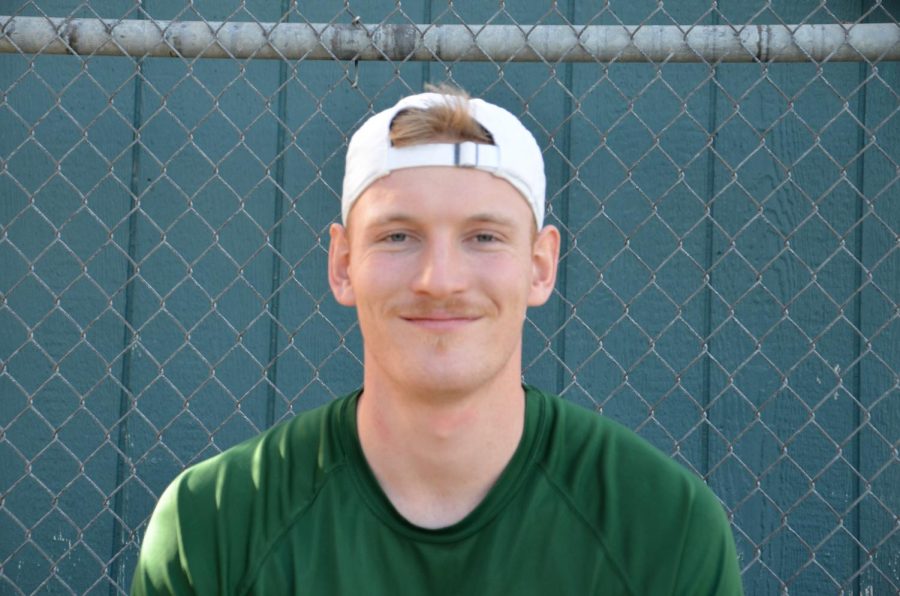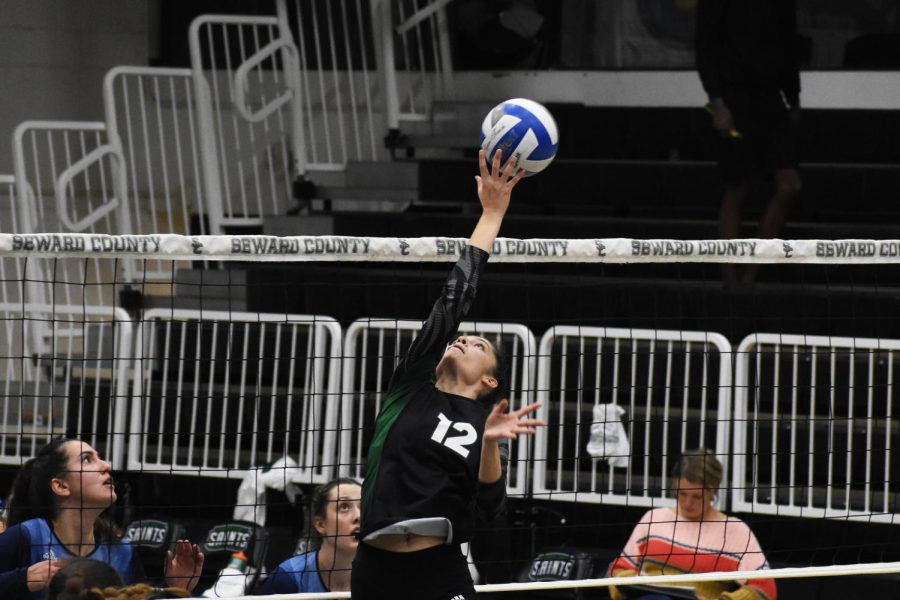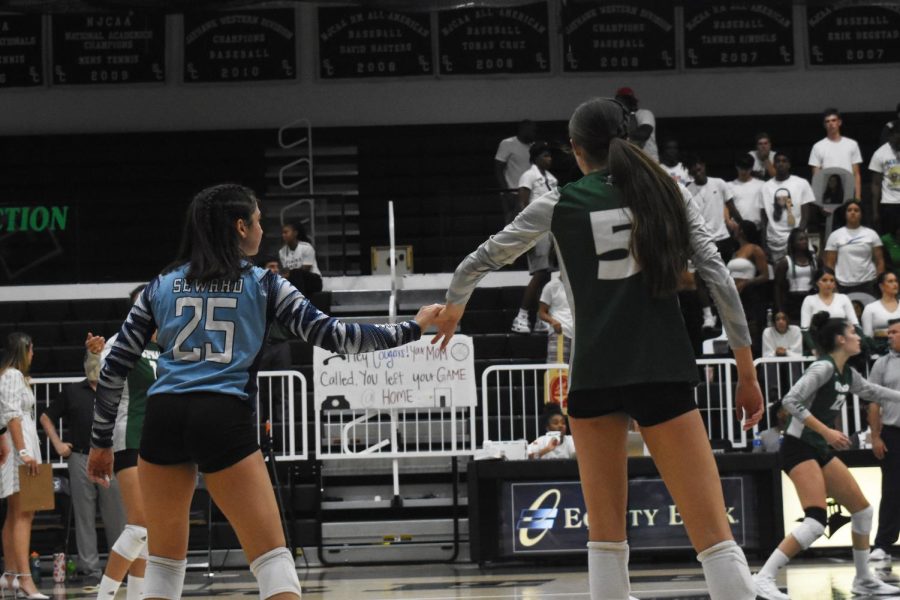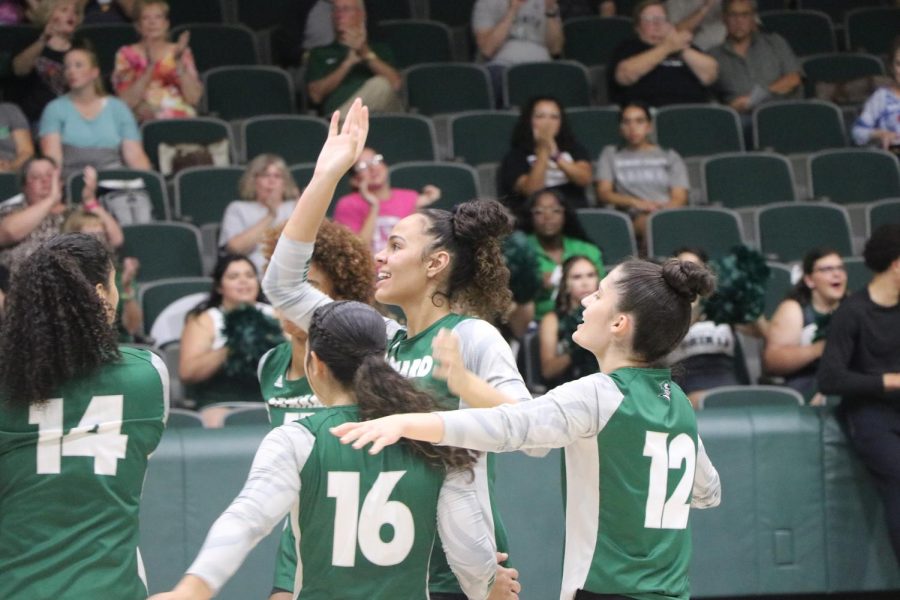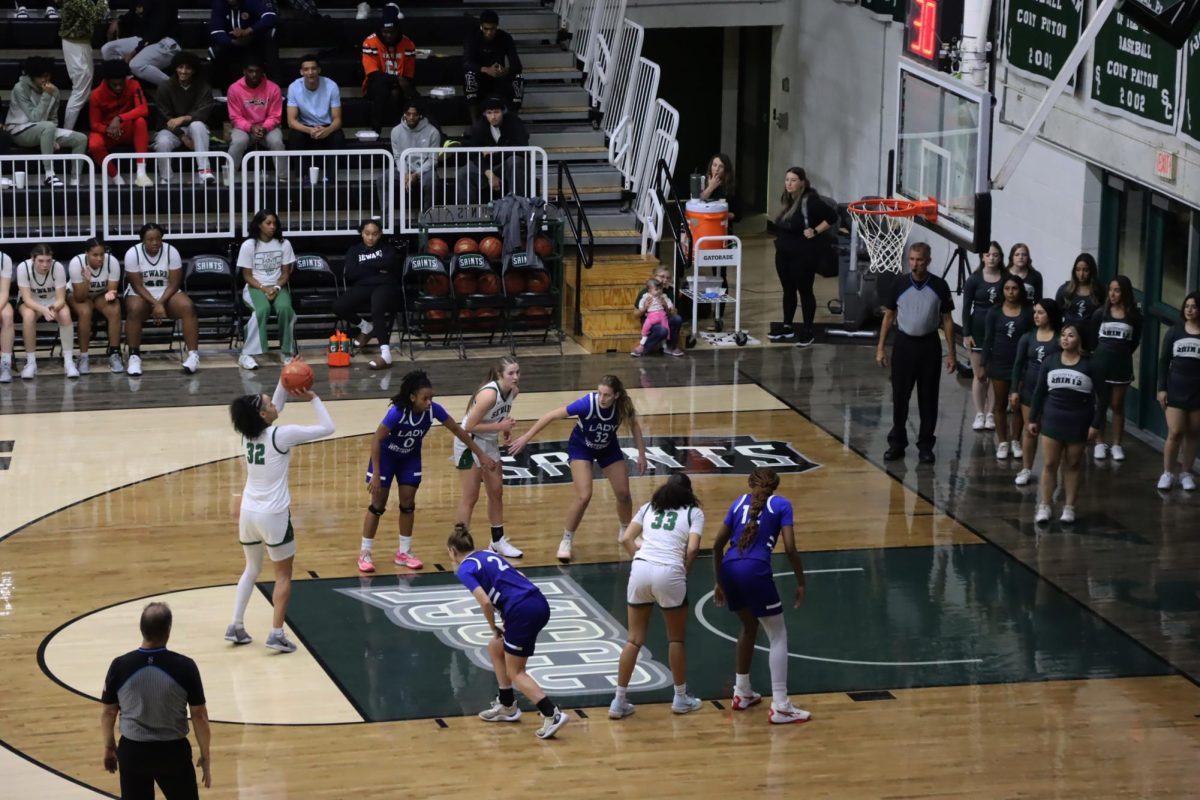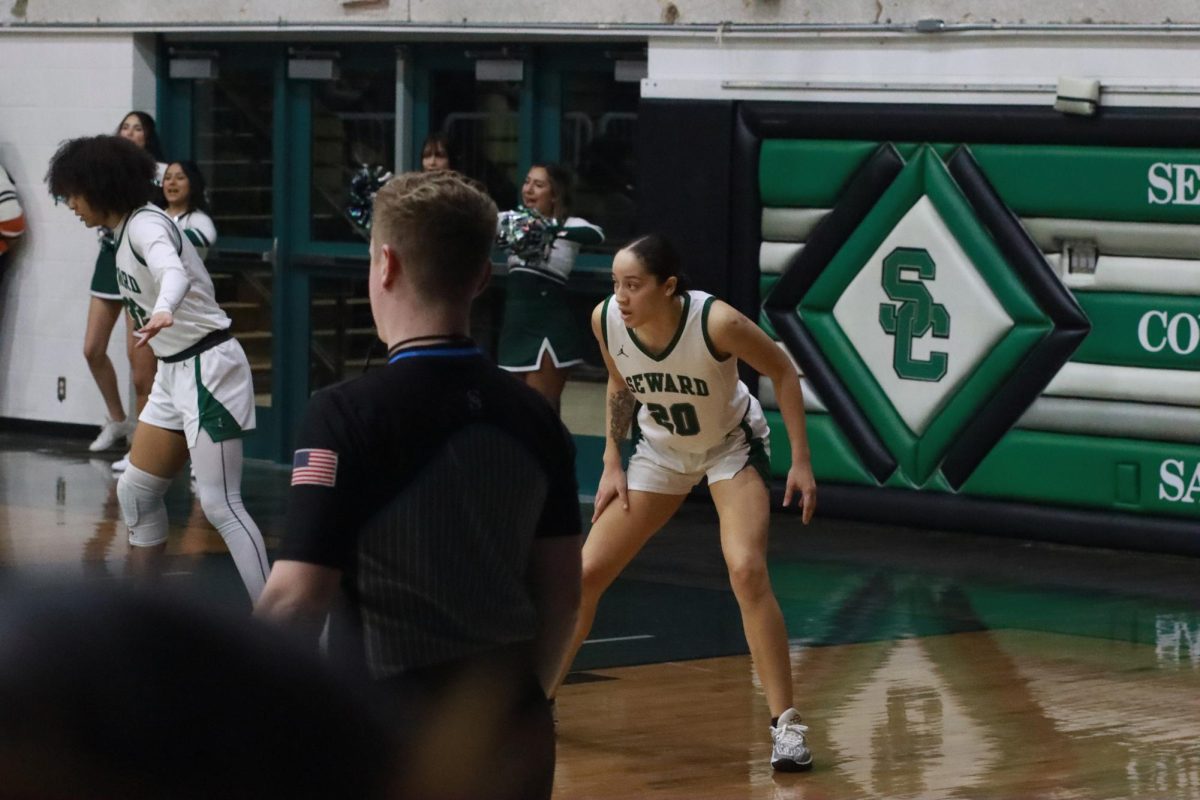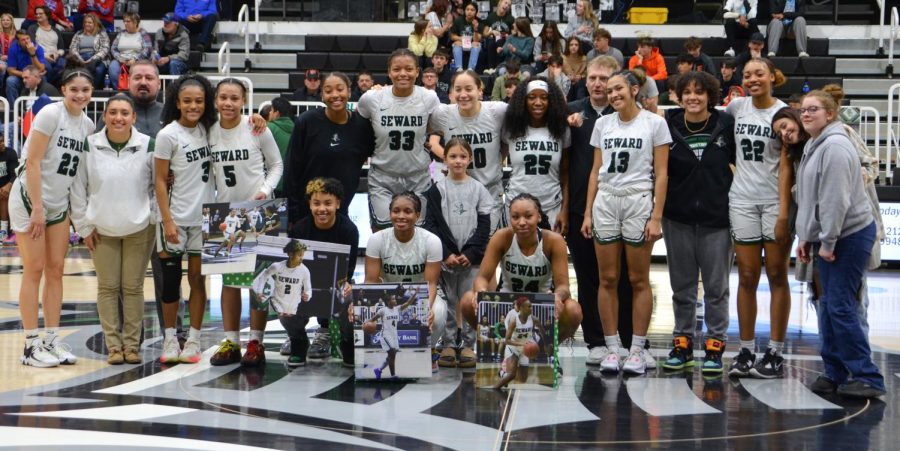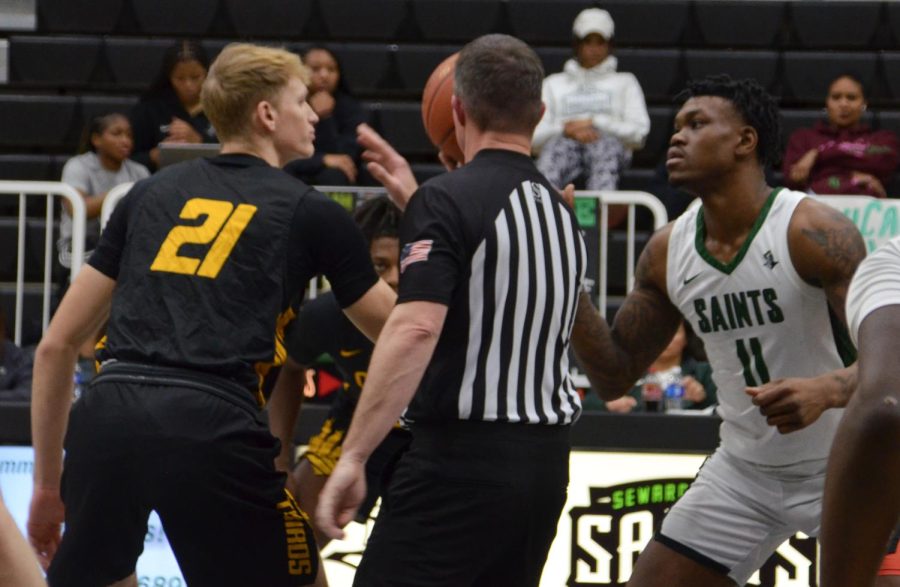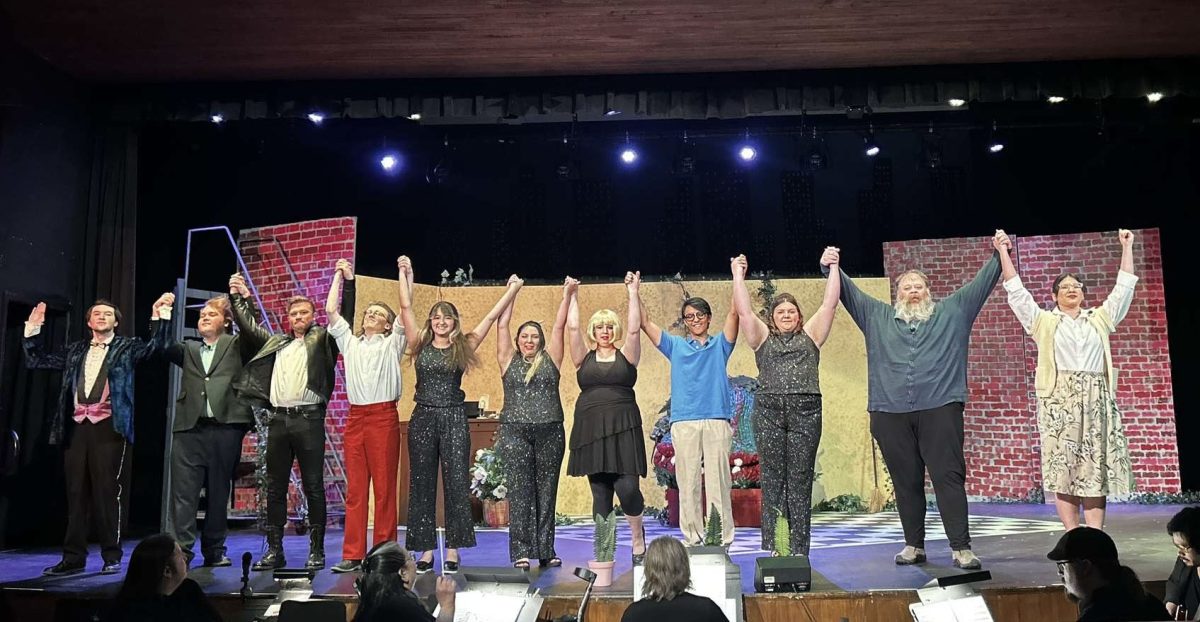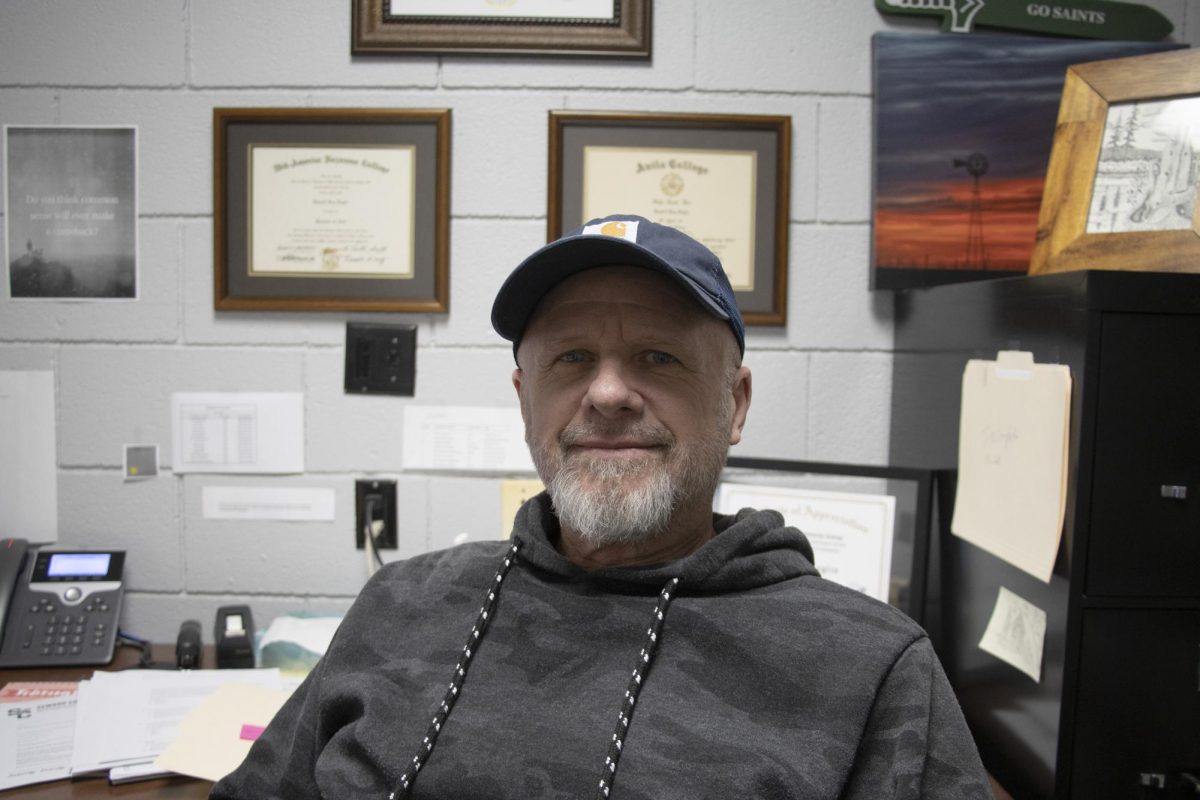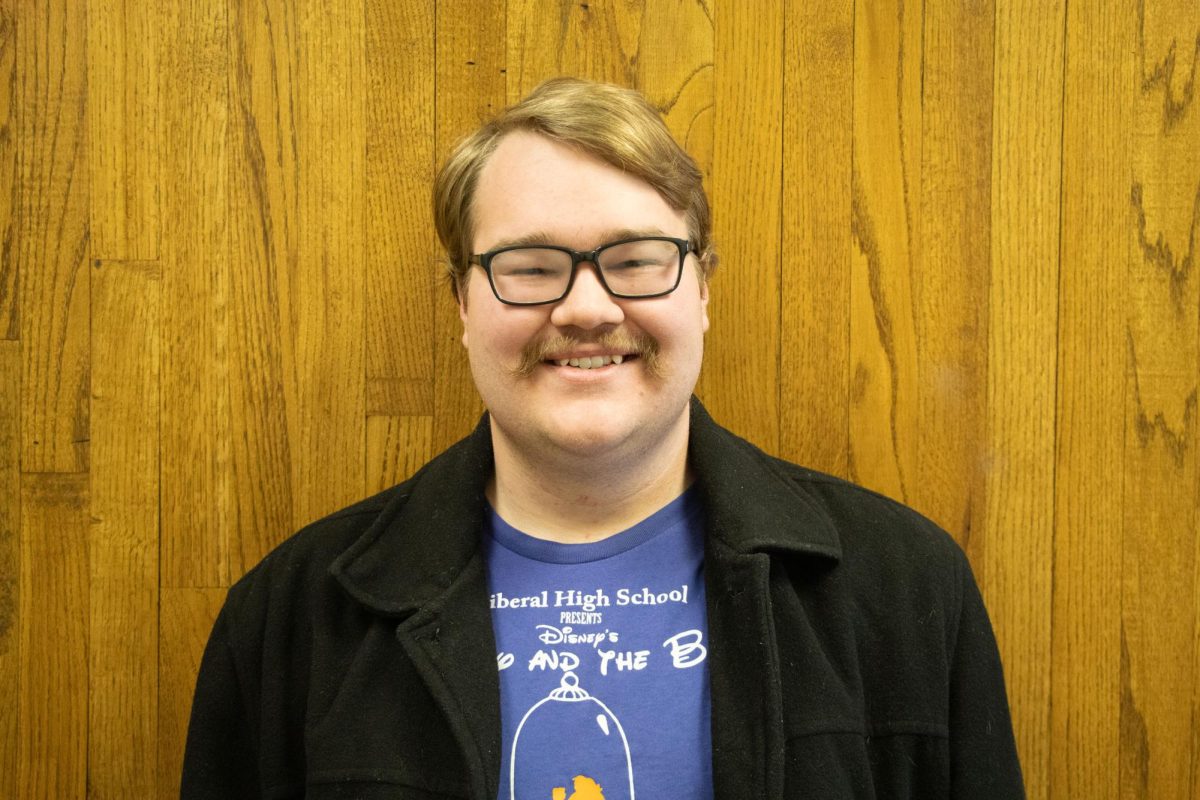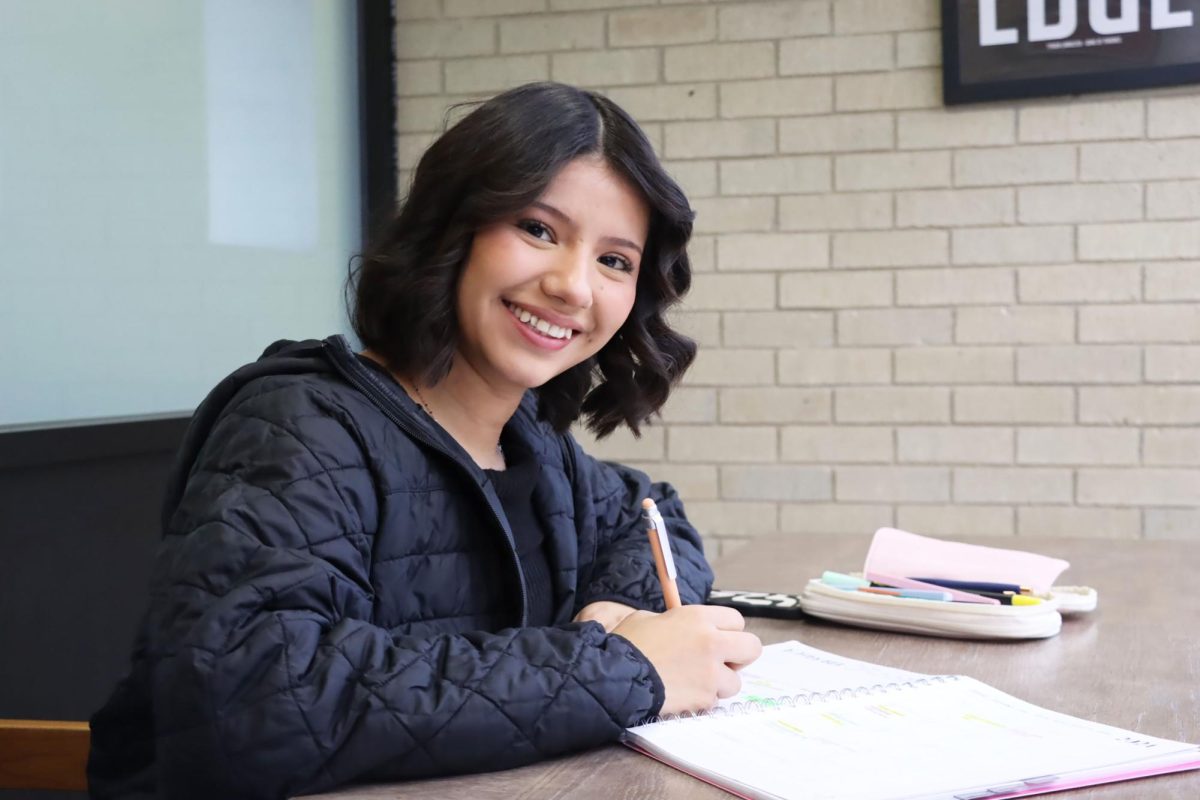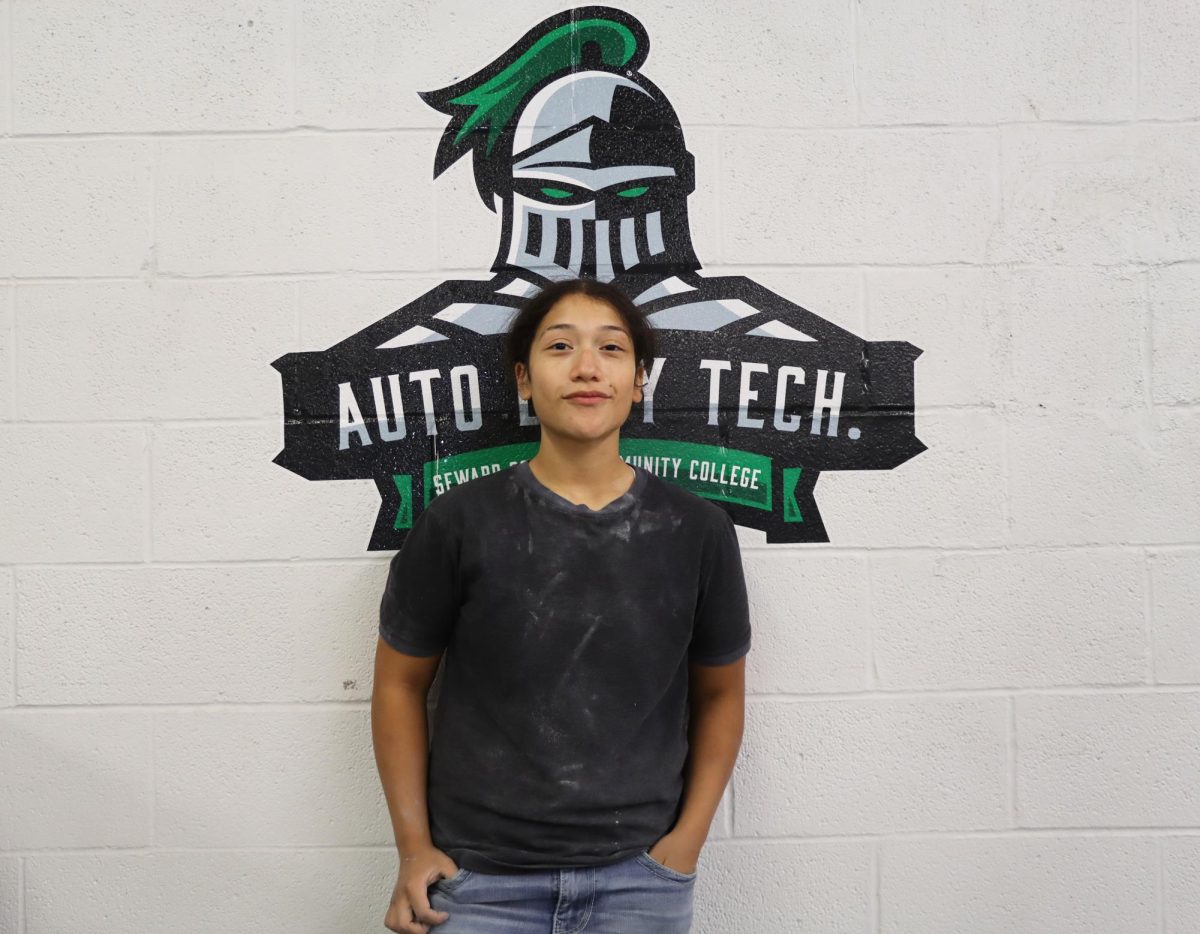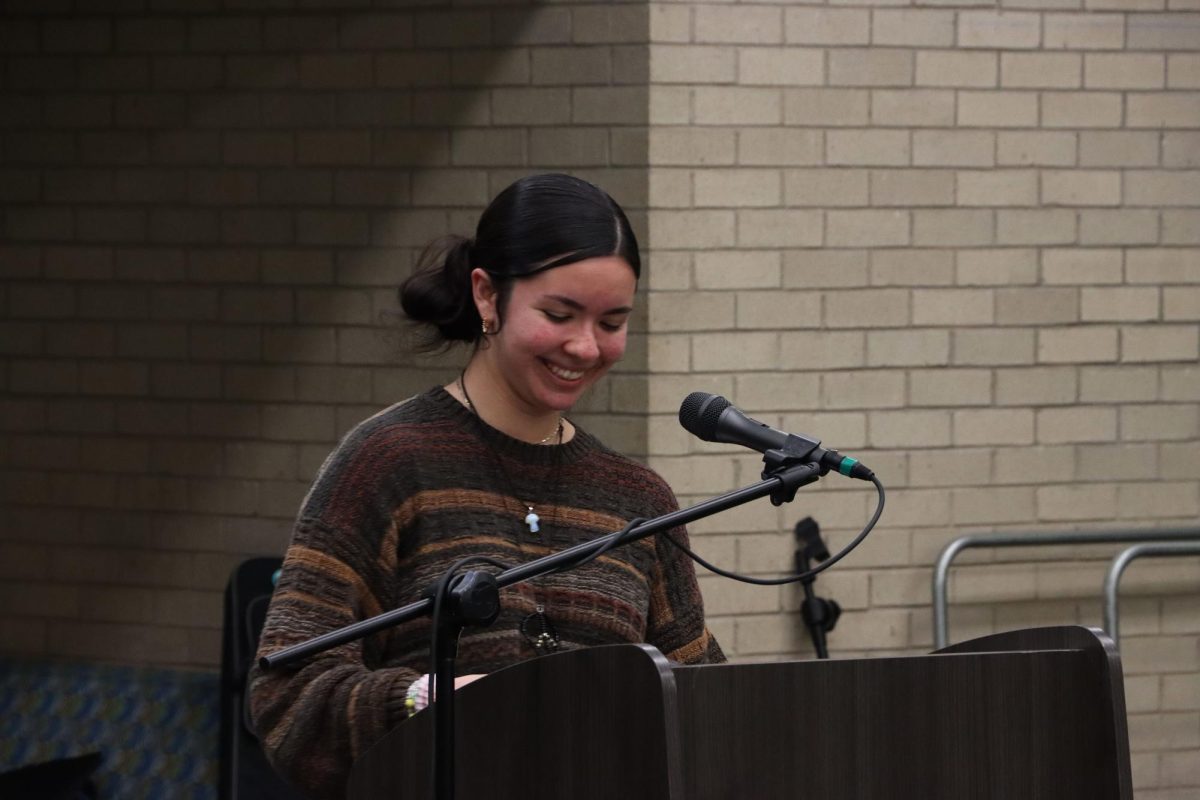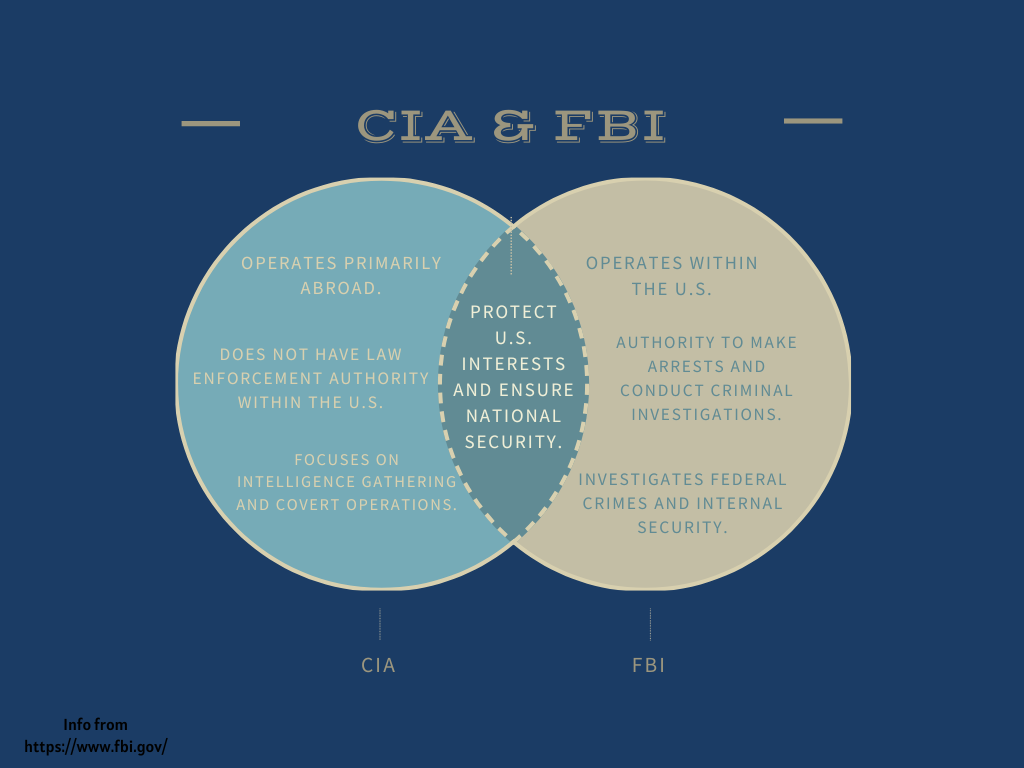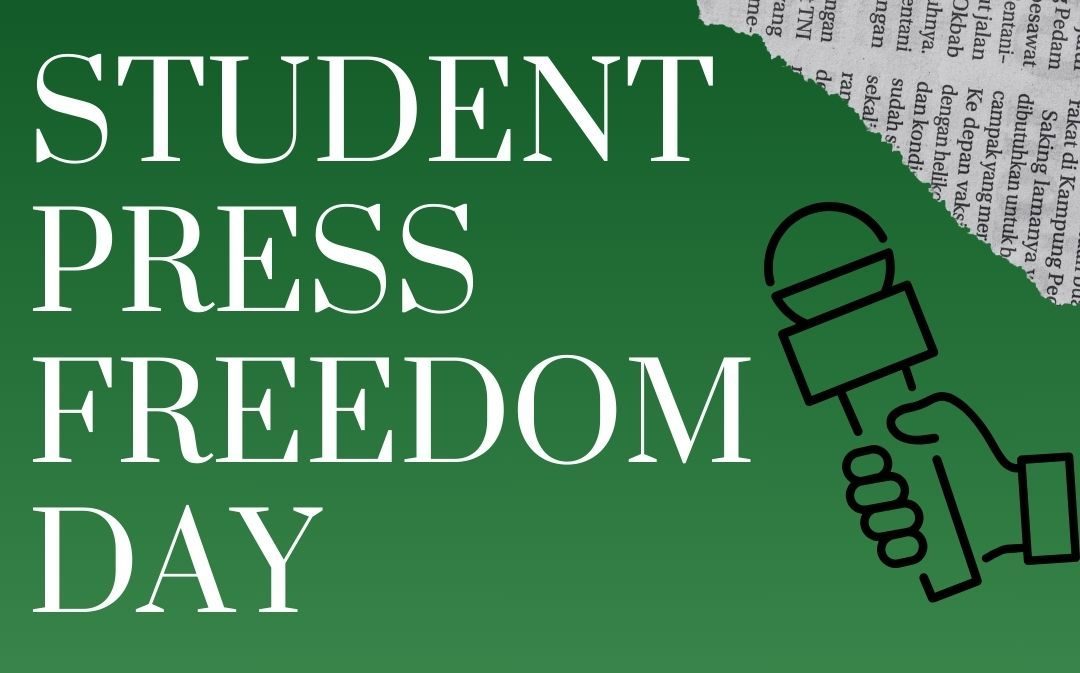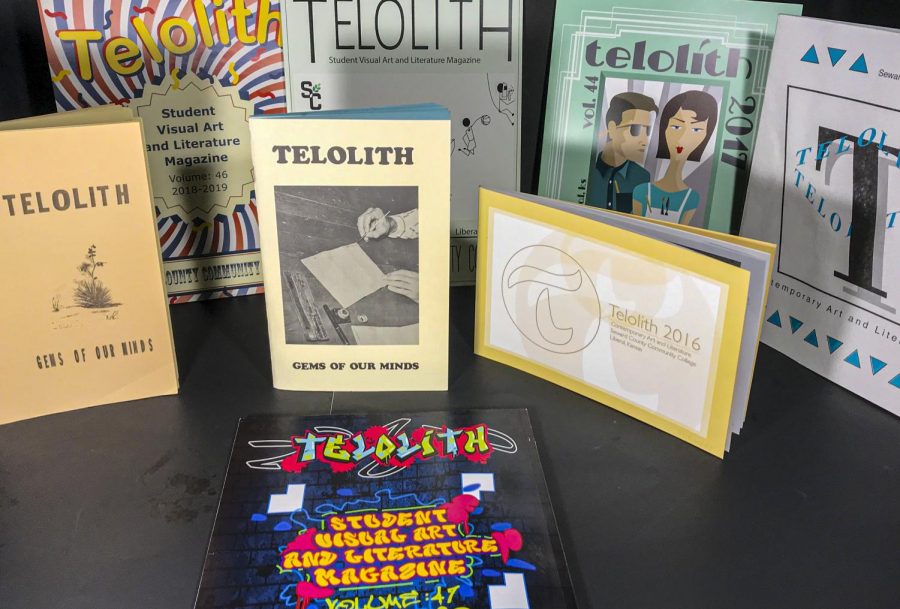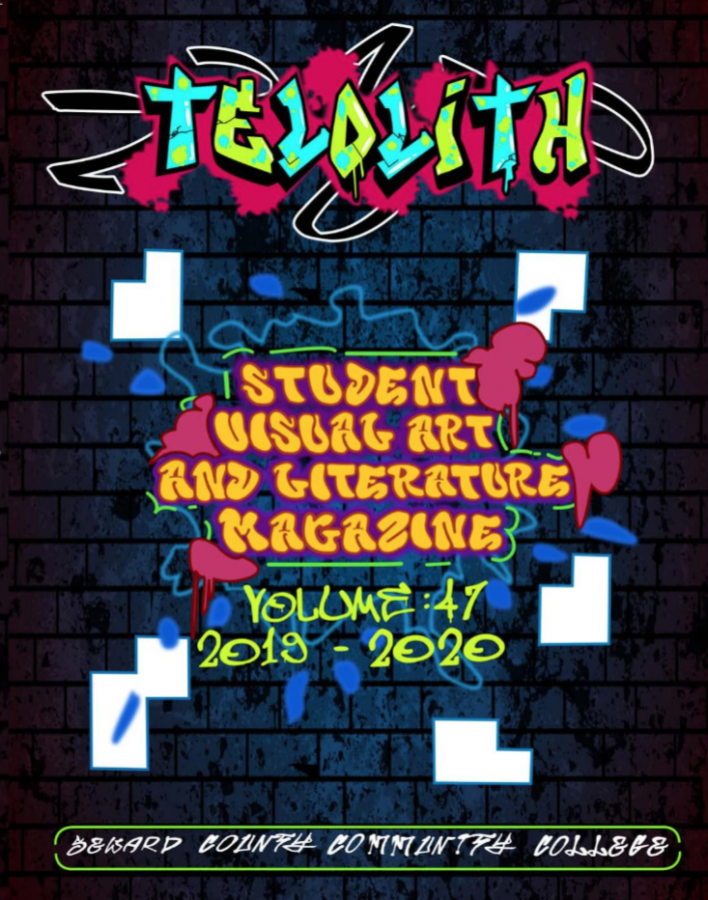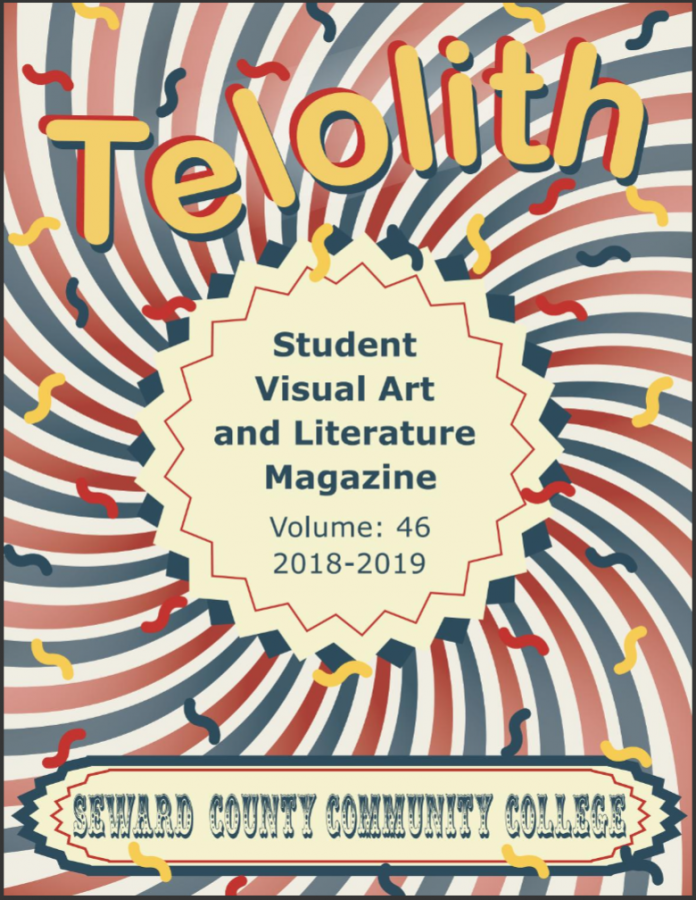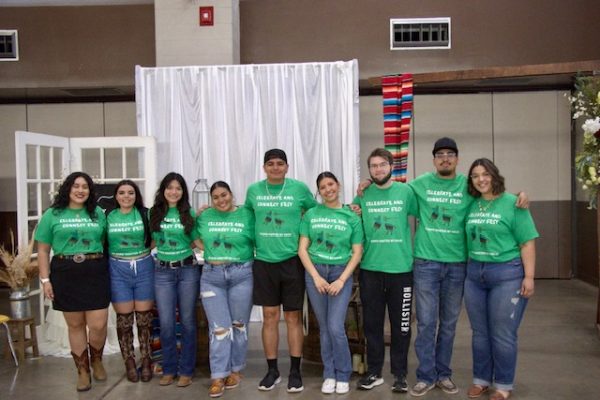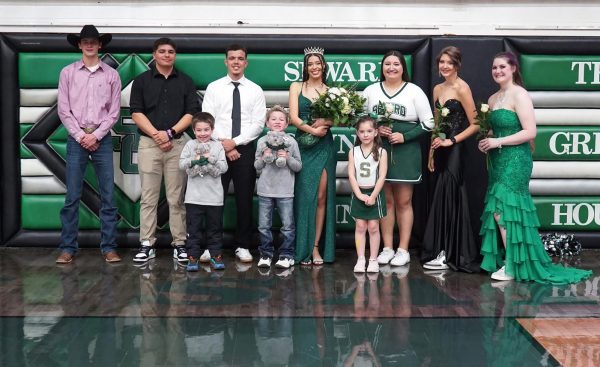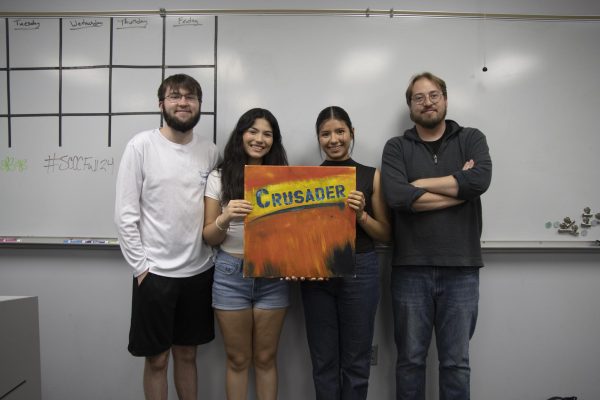Gangland shooting reenacted in criminal investigations class
Blood splatter, gunshots and gangs — it was a crime scene in the classroom. Students in the criminal investigations class were tasked with solving the crime through blood samples, fingerprints and photographs.
Seward County Community College offers the class as a hands-on opportunity for students to solve real crimes and gain investigative experience. For the first “crime scene Tuesday” — as students have dubbed it — most stood staring around the room in shock.
“I think I speak for all of us when I ask: How do we start?” sophomore Jessica Madrigal, Spearman, Texas, asked before proceeding to pull out the measuring tape.
With that proclamation, Officer Josiah Smiddy stepped in and gave instructions to jot down key points an investigator or officer would be able to see overall before focusing on the grittier details. The hands-on learning activity took on a new level as students dove into the scene.
Smiddy decided to offer this style of class because everytime he asked his students what they wanted to do in the field, they answered detectives or investigators. The fifth-year adjunct teacher and law enforcement officer of 11 years wanted to teach a class that benefited students and kept them interested.
Maricruz Aguirre, criminal justice and behavioral science major from Liberal, said that she decided to take this course because she wanted a class that offered a more in-depth learning and hands-on approach. Aguirre said she definitely enjoyed the investigation because it is a scenario that any officer, in real life, would see.

Andrea Andrade, a criminal justice major from Liberal, said that she got into this course because her friend asked her to. However, Andrade is glad she did because her first assignment was not just another essay or assignment sheet but a hands-on investigation that consisted of bullets, measuring tapes, tents and cameras. She said that there was so much more to it than she thought and it is not even over yet.
Smiddy wanted to give students an investigation other than a “mundane murder whodunnit,” so he did a gangland shooting for the students to figure out.
Smiddy said, “This is more of a way to still investigate a serious offense without it being something we’ve seen thousands of times before.”
Aguirre and Andrade both enjoyed the investigation. Aguirre loved taking the photos and understanding why and how these types of investigations work. Andrade loved talking to the witnesses, suspects and officers to get more information on what they had seen.
However, Aguirre had one thing that she did not like and that was the math. Aguirre said that one of the biggest things she gained and finally realized from this ongoing investigation is that she will actually need math for the career she goes into.
The officer shared that if there is one thing for his students to gain from this investigation once it is completely over, is that conducting a proper criminal investigation is a lengthy, involved process that requires the criminal investigator to be more than the stereotypical donut-munching cop. The criminal justice class will be solving crime scenes on Tuesdays for the rest of the semester.
—Dani Arellano contributed to this story.

Jessica Madrigal is a 19-year-old sophomore from Spearman, Texas. Madrigal is currently on the cheer team and serves as an...
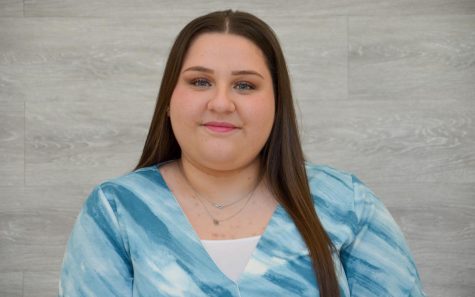
Daniela “Dani” Arellano is a returning third-year student from Hugoton. Arellano graduated in 2021 with her Associate...



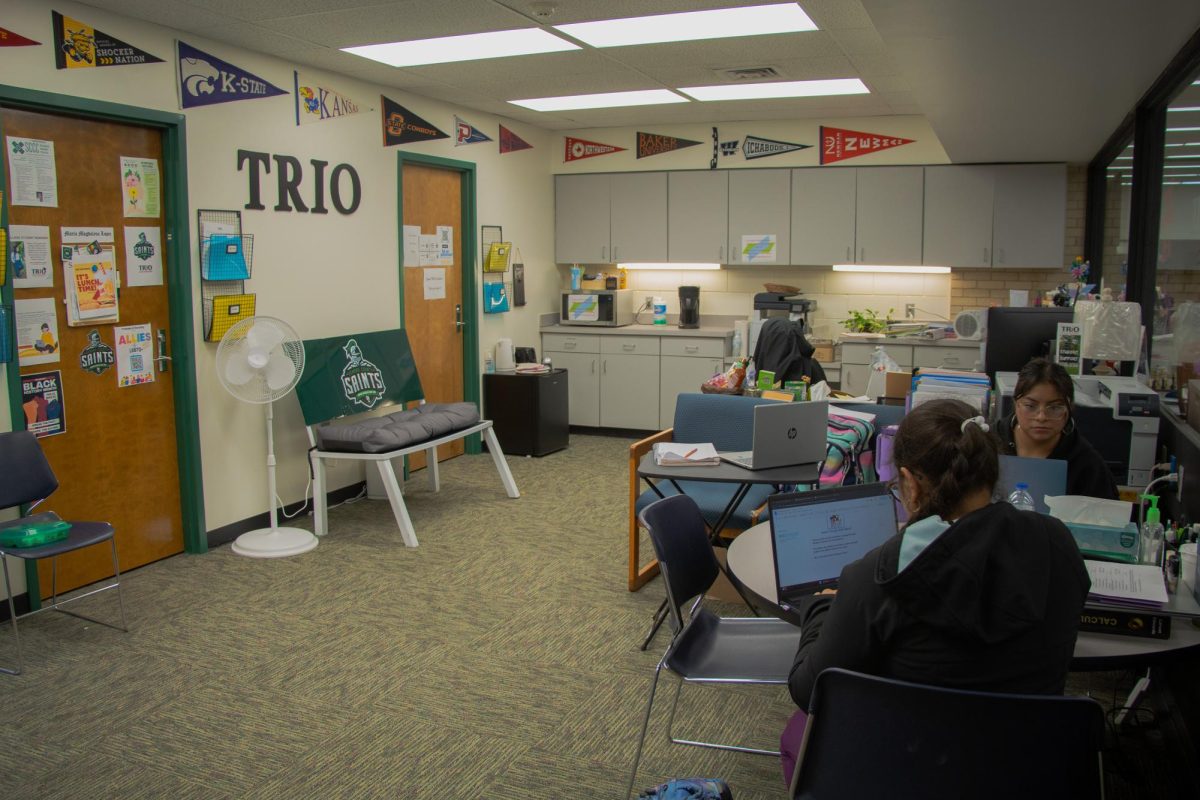
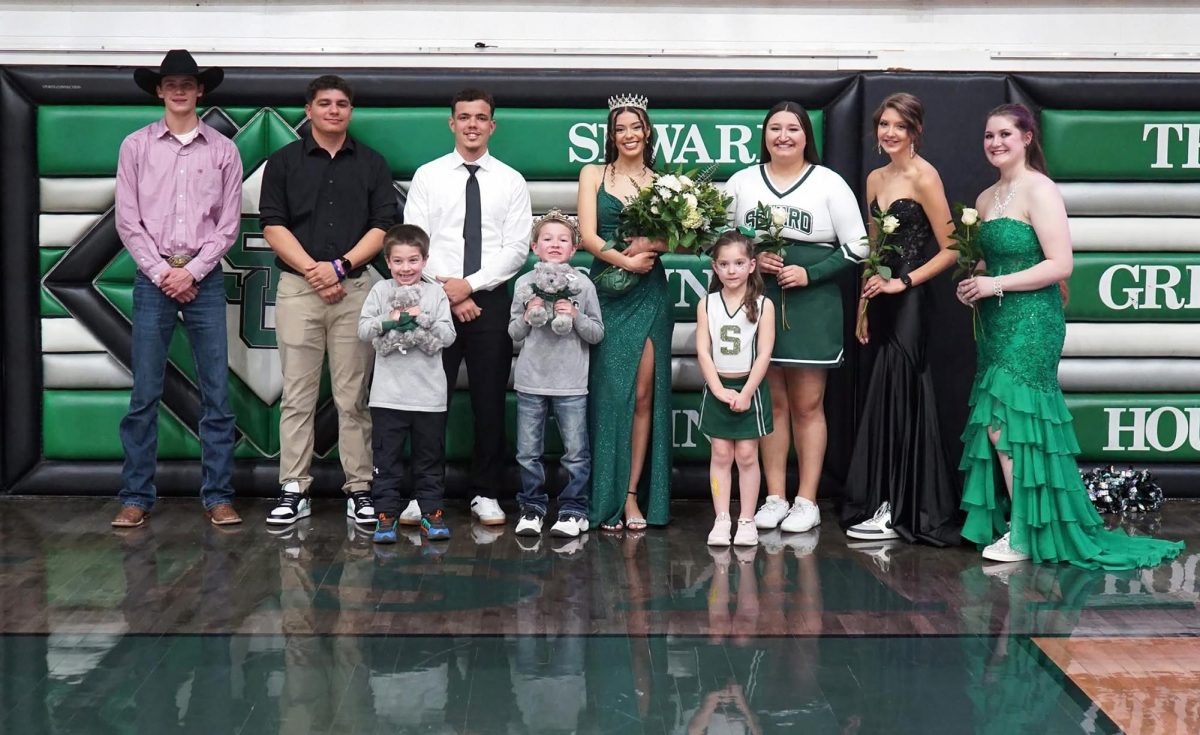
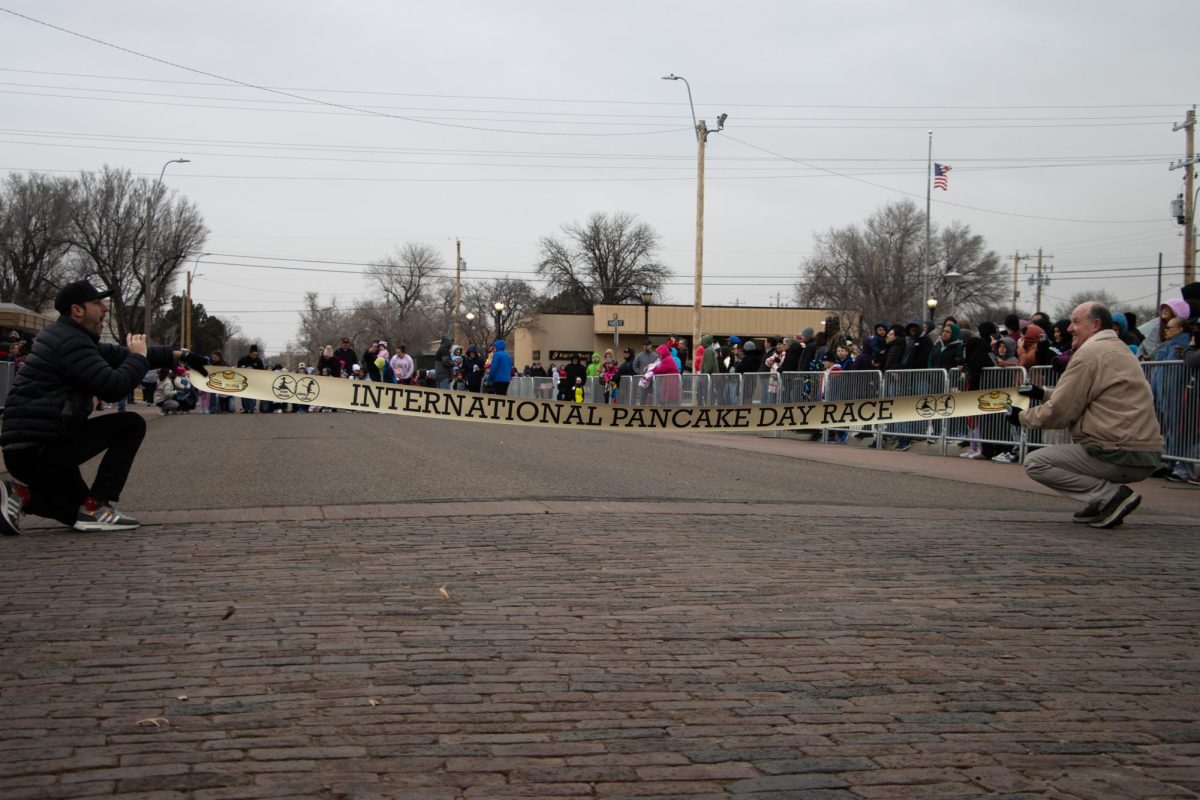
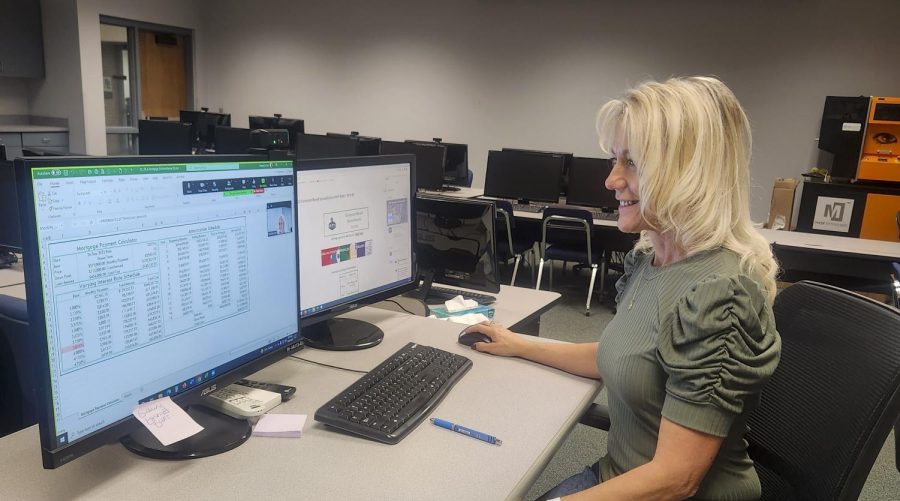


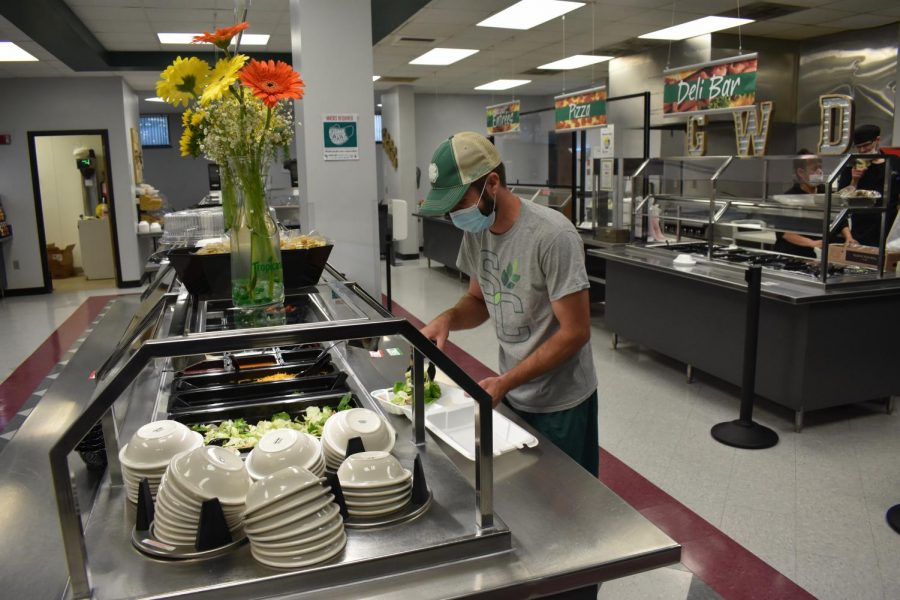


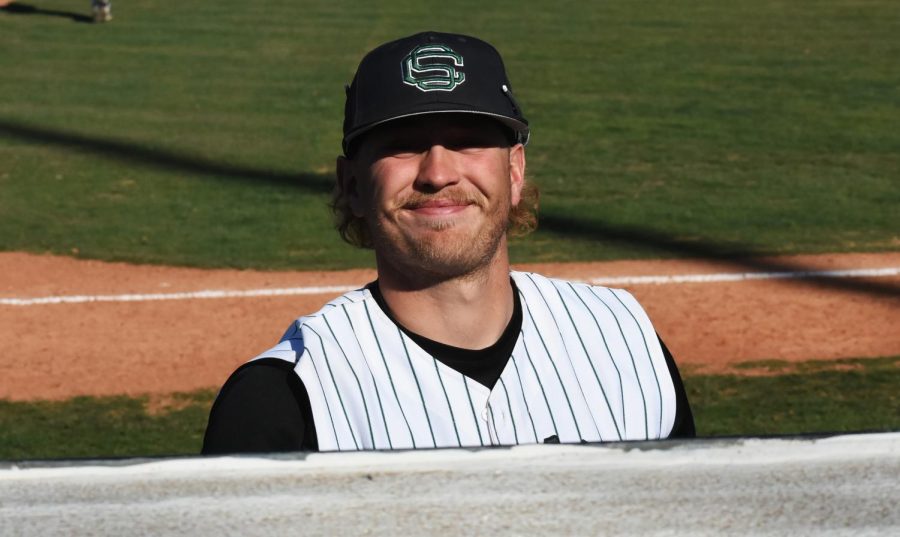

![The sophomores were recognized on the field instead of walking across the stage during their doubleheader. They received their diplomas and a picture of themselves playing during their career at Seward. [Pictured left to right are Dylan Day, Reed Thomas, Jase Schneider, Mason Martinez, Gannon Hardin, Brody Boisvert, and Zach Walker]](https://crusadernews.com/wp-content/uploads/2022/05/WEBDSC_0275-900x454.jpg)
